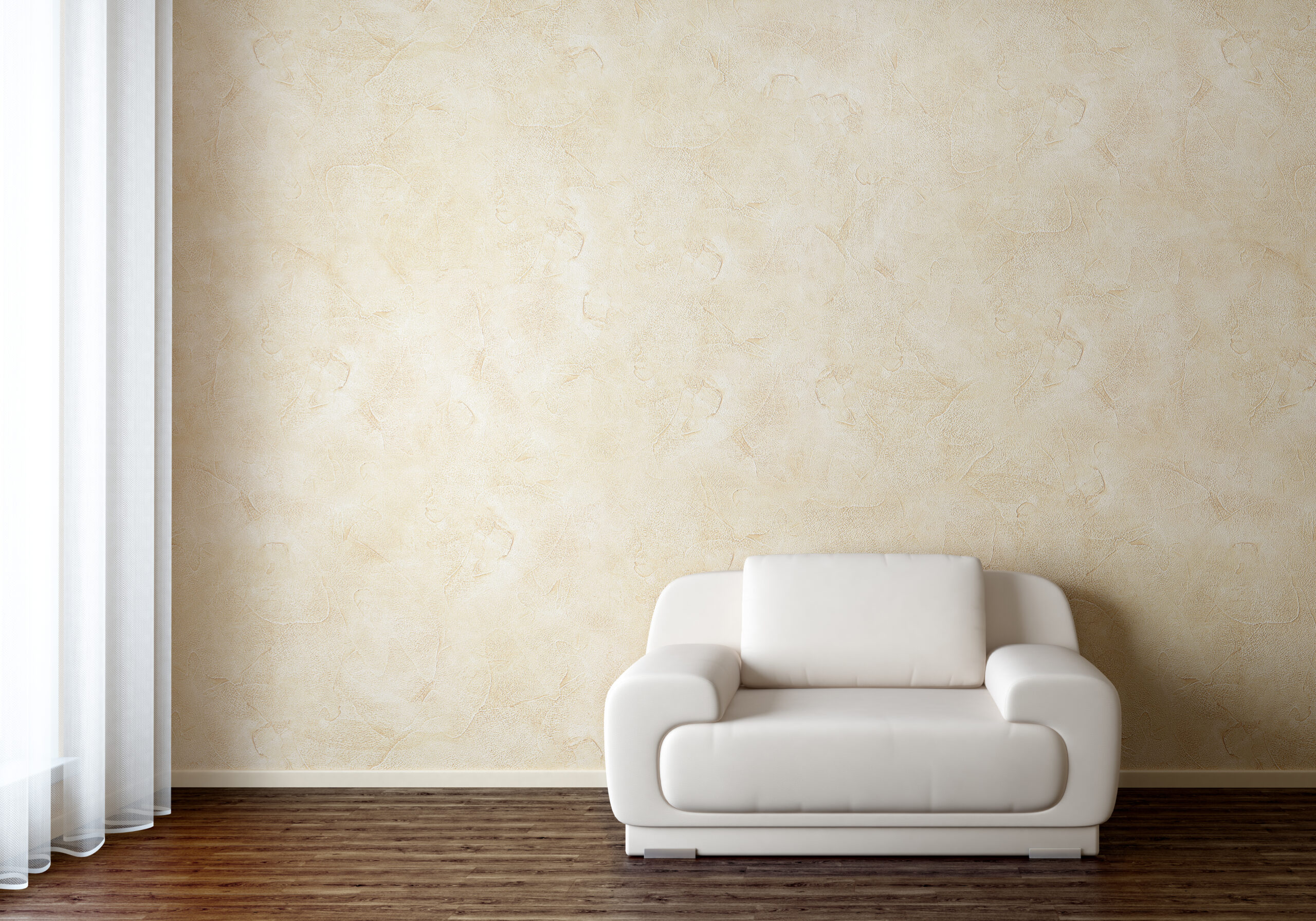Introduction
In the realm of interior design, certain elements possess the unique ability to transform a space from mundane to extraordinary. Venetian plaster is one such treasure that has graced walls for centuries, infusing homes and establishments with an undeniable aura of timeless elegance. In this blog, we will delve into the captivating world of Venetian plaster walls, exploring their history, application techniques, benefits, and the unparalleled beauty they bring to any environment.
A Glimpse into History
Harking back to ancient Rome, the origins of Venetian plaster can be traced through time. However, it was during the Renaissance period in Venice that this artisanal technique truly flourished. Masters of the craft would blend marble dust with lime to create a plaster that, when skillfully applied, resembled the luxurious look of polished marble. This technique soon gained favor among Venetian nobility, adorning their palatial homes with walls that exuded opulence and sophistication.
The Art of Application
Modern Venetian plaster is crafted using a mix of slaked lime, marble dust, and pigment. This blend results in a malleable, textured plaster that can be artfully manipulated to achieve various finishes, from a smooth, polished surface reminiscent of marble to a more rustic, aged appearance. Application, however, is an art form in itself, requiring a deft hand and a keen eye for detail.
- Surface Preparation: The key to achieving a flawless Venetian plaster finish lies in meticulous surface preparation. The wall must be clean, dry, and free from imperfections. Any existing paint or wallpaper should be removed, and the surface should be sanded to create a uniform texture.
- Base Coat Application: A primer or base coat is applied to the wall, creating an adhesive surface for the plaster to adhere to. This coat is left to dry before proceeding.
- Plaster Application: The Venetian plaster is applied in thin layers using a trowel. Each layer is applied at different angles, ensuring a multidimensional texture. The plaster is then polished between layers to achieve the desired level of smoothness and depth.
- Burnishing and Sealing: Once the desired texture is achieved, the plaster is burnished with a trowel or a specialized tool, further enhancing its sheen. A protective sealer is then applied to safeguard the plaster and bring out its luster.
Unveiling the Benefits
- Timeless Elegance: Venetian plaster walls encapsulate a sense of timeless beauty that transcends trends. Their natural variations in color and texture lend an air of authenticity to any space.
- Versatility: From classic to contemporary, Venetian plaster seamlessly adapts to various interior styles. It can be customized to match any color palette, making it a versatile choice for different aesthetics.
- Depth and Dimension: The layering process of Venetian plaster creates depth and dimension that standard painted walls simply cannot replicate. The interplay of light and shadow on the textured surface adds visual interest to a room.
- Durability: Venetian plaster, when properly sealed, becomes a durable and long-lasting finish that can withstand the test of time. Its resistance to cracks and stains makes it suitable for high-traffic areas.
Conclusion
In an age where design trends come and go, Venetian plaster walls stand as a testament to the enduring allure of artisanal craftsmanship. With a history rooted in opulence and a technique refined over centuries, these walls have the power to transform interiors into living works of art. Whether adorning the walls of a modern penthouse or a cozy traditional home, the timeless elegance of Venetian plaster continues to captivate hearts and minds, reminding us that true beauty is, indeed, eternal.



